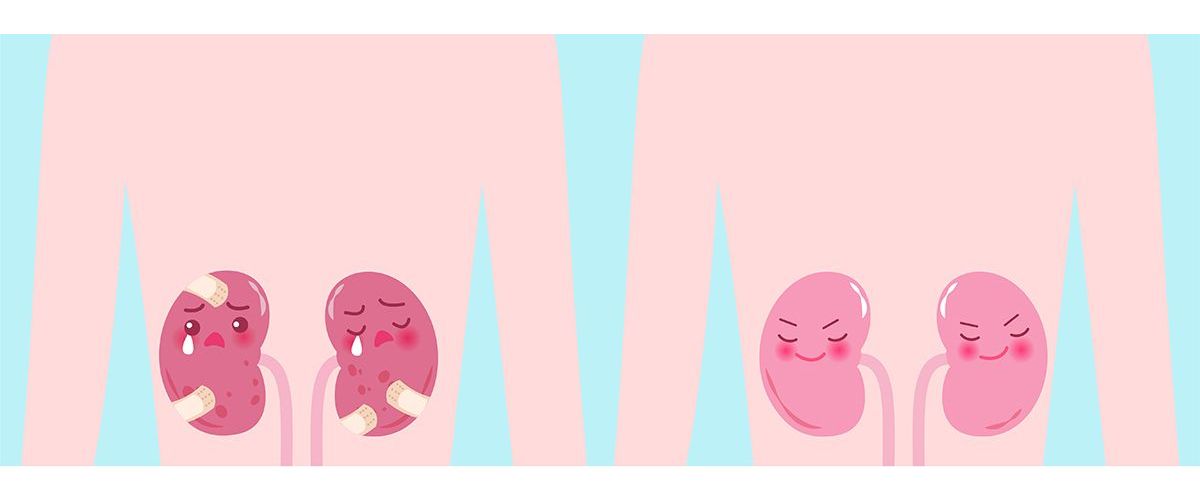Catheter-associated urinary tract infections (CAUTIs) are the most common infections amongst hospitalised patients, accounting for 40 per cent of all healthcare-associated infections (HAIs).¹
HAIs are those infections that patients may contract when they receive assistance or care at a healthcare facility—whether it be a hospital, a specialist care centre, a dialysis centre, a centre for medium or long-term stays, a rehabilitation centre or a day hospital. These infections represent a significant public health problem in Spain and throughout the world. They often lead to extended hospital stays, long-term disability, increased antimicrobial resistance of microorganisms, additional costs for both the patient and the healthcare system, and unnecessary deaths. Therefore, the prevention and control of these infections is a priority area of action in patient safety strategies.
What are urinary infections and how are they transmitted in healthcare environments?
Urinary infections occur when bacteria enter the perineal area and move up the urethra into the bladder, thereby populating the urinary tract. The use of a urinary catheter plays a role. This thin tube, which is placed in the bladder to drain urine through a tube for collection in a drainage bag, is a significant risk factor. For example, inquiries conducted in hospital environments show where 15.5 per cent of patients across Europe have used a urinary catheter.² And amongst the referenced urinary tract infections, about 70 per cent were due to the use of a urinary catheter,³ rising to 95 per cent in intensive care unit (ICU) patients.⁴ Meanwhile, catheter-associated urinary tract infections or CAUTIs, have also led to increased morbidity, mortality and costs.


CAUTIs are of concern, in part, because the responsible bacteria are easily transmitted via the hands of care staff or when the catheter is disconnected (for replacement or removal) from the urine drainage bag. It is also important to note that many patients fitted with a urinary catheter develop bacterial colonisation within a few days of catheterisation.
Risk factors
The risk factors associated with using a urinary catheter include:
- Catheterisation over a long period – This increases the risk of bacteria entering the urinary tract. Therefore, a catheter should not be used for more than 30 days to help avoid further possible infections.
- Use of urinary catheters in women – Women have a shorter urethra than men, making it easier for bacteria to move up the urinary tract.
- Age – As we get older, our metabolism and the body’s response to diseases slow down.
- Open drainage system – Open drainage systems require the catheter to be disconnected from the bag for emptying. Therefore, it is better to use closed drainage systems, where the catheter does not need to be disconnected from the bag for emptying. The less the catheter is handled, the less likely it is that an infection will occur.
- Special circumstances – These include debilitating chronic diseases and comorbidities, immunocompromised patients and urinary tract infections (UTIs) in the months preceding. Chronic diseases make people weaker, meaning there is a higher risk of infection, since the body is not equipped to defend itself against bacteria.


What preventive measures should we take into account when treating a patient with a urinary catheter?
A high proportion of CAUTIs are considered avoidable. Therefore, it is important to implement preventive measures, including but not limited to:
-
Assessing the proper insertion of the urinary catheter, only when necessary
-
Minimising the use and duration of urinary catheterisation
-
Using aseptic techniques and single-use sterile equipment, and ensuring proper hand hygiene of healthcare staff, as well as proper hygiene of patients’ genitourinary tract
-
Ensuring the urinary catheter is properly maintained, and taking urine samples
-
Boosting specific training, as well as developing guidelines and protocols
-
Using correct techniques; ensuring the use of closed systems, securely holding the catheter and correctly fitting the urine bag.
The use of urinary catheterisation kits as a solution to urinary infections
These kits contain sterile, single-use equipment for correctly fitting the urinary catheter.
It would be necessary to implement and ensure the consistency of standardised Good Clinical Practice Guidelines across all areas of the hospital, in order to improve urinary care and prevent infections in patients with urinary catheters. This is in addition to standardisation in the use of urinary catheterisation kits.
The Spanish Urology Association, for example, considers the use of urinary catheterisation kits/sets to be essential, as they help reduce infections by 80 per cent.⁵ Urinary catheterisation kits contain all the items needed to change the catheter. They are sterile items intended for single use, so as to avoid unnecessary handling and help prevent infection.


The use of urinary catheterisation kits has many advantages, such as:
-
Each kit/set includes pre-connected and sealed urinary catheterisation systems, where the components have been sealed together to ensure that the system remains closed at all times. This helps with eliminating the risk of the ‘human factor’ and ensuring adherence to recommended practice.
-
Increased efficiency for nursing staff means more quality time for patient care.
-
Reduced CAUTIs and antibiotic intake and lowered costs associated with antibiotic intake, and the prevention of antibiotic resistance.
Medline, as part of its commitment to help combat UTIs associated with urinary catheterisation, offers solutions in the form of urinary catheterisation kits. Explore our online catalogue here.


Paula Pérez-Villacastín Serrano
Product Manager, Respiratory, Anaesthesia and Urology Therapies, Iberia
Paula, originally from Spain, completed an international master’s degree in health economics and pharmaeconomics. She has dedicated seven years of her career to working with medical devices, before joining Medline. So far, she has worked on the key launches of Medline’s respiratory and urology divisions, with additional key projects to come. Paula is passionate about her culture and fellow Spaniards and loves travelling, going on new adventures and participating in team sports.
References:
[1] Delgado Mallen P. Infecciones del Tracto Urinario [Urinary Tract Infections]. In: Lorenzo V, López Gómez JM (Eds) Nefrología al Día. https://www.nefrologiaaldia.org/es-articulo-infecciones-del-tracto-urinario-255
[2] Lo E, Nicolle LE, Coffin SE, Gould C, Maragakis LL, Meddings J, et al. Strategies to prevent catheter-associated urinary tract infections in acute care hospitals: 2014 update. Infect Control Hosp Epidemiol. May 2014;35(5):464-79.
[3] and [4] Bouza E, San Juan R, Muñoz P, Voss A, Kluytmans J, Co-operative Group of the European Study Group on Nosocomial Infections. A European perspective on nosocomial urinary tract infections II. Report on incidence, clinical characteristics and outcome (ESGNI-004 study). European Study Group on Nosocomial Infection. Clin Microbiol Infect Off Publ Eur Soc Clin Microbiol Infect Dis. October 2001;7(10):532-42.
[5] Study at Sherwood Forest Hospital6 (British Journal of Nursing, 2019, Vol 28, No 1) A programme to standardise catheterisation practice was introduced in 2016 in the Sherwood Forest Hospitals NHS Trust in the United Kingdom, with the aim of reducing the incidence of CAUTIs.




